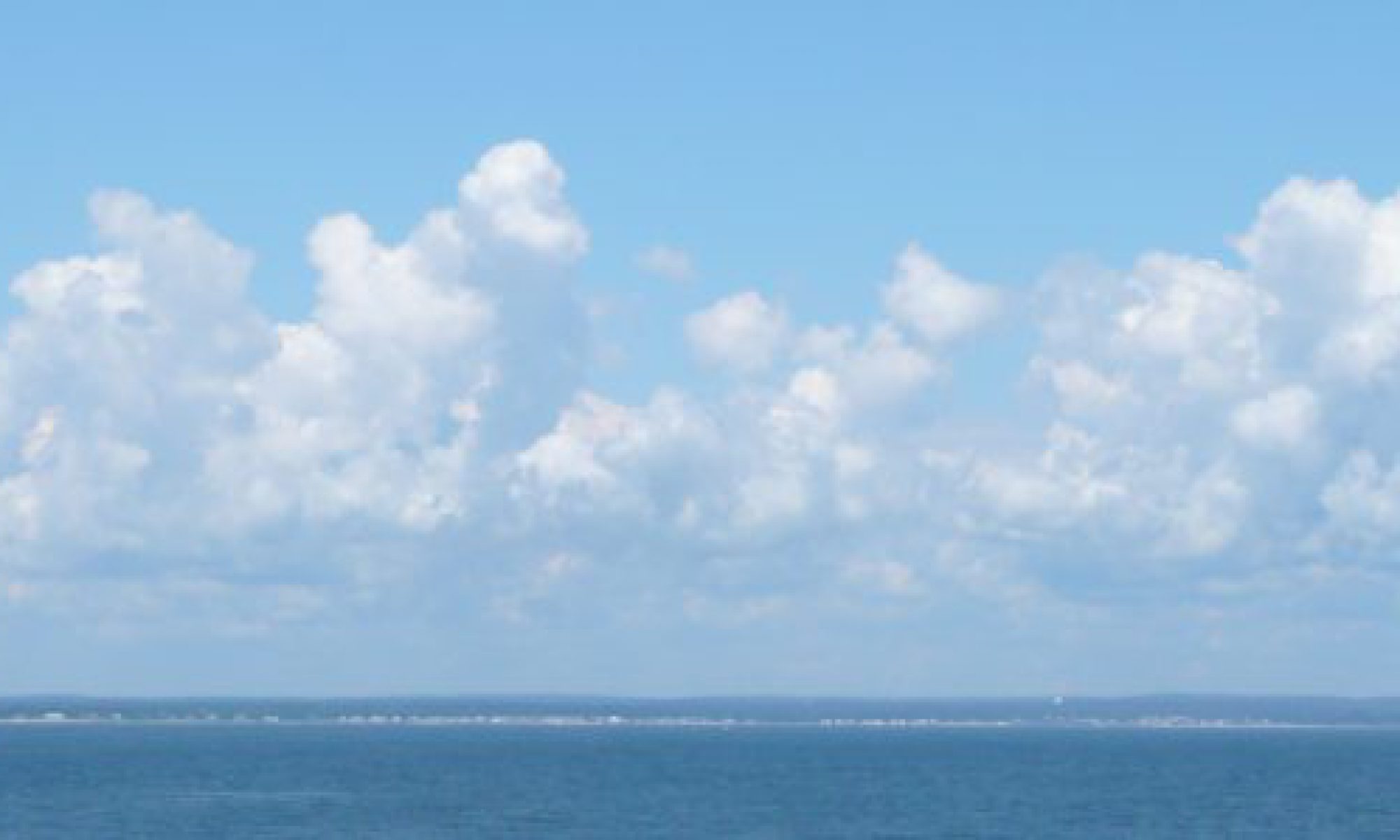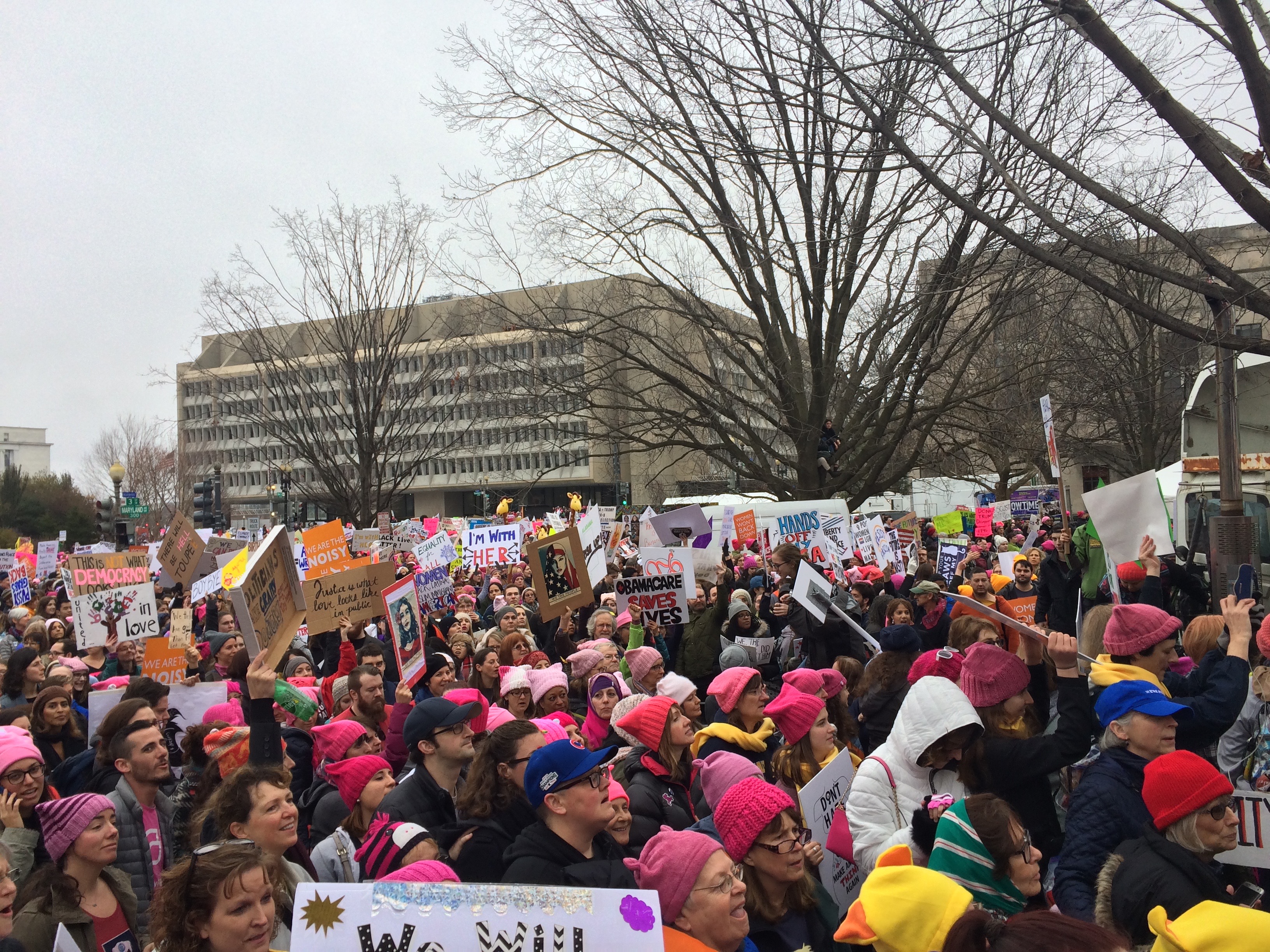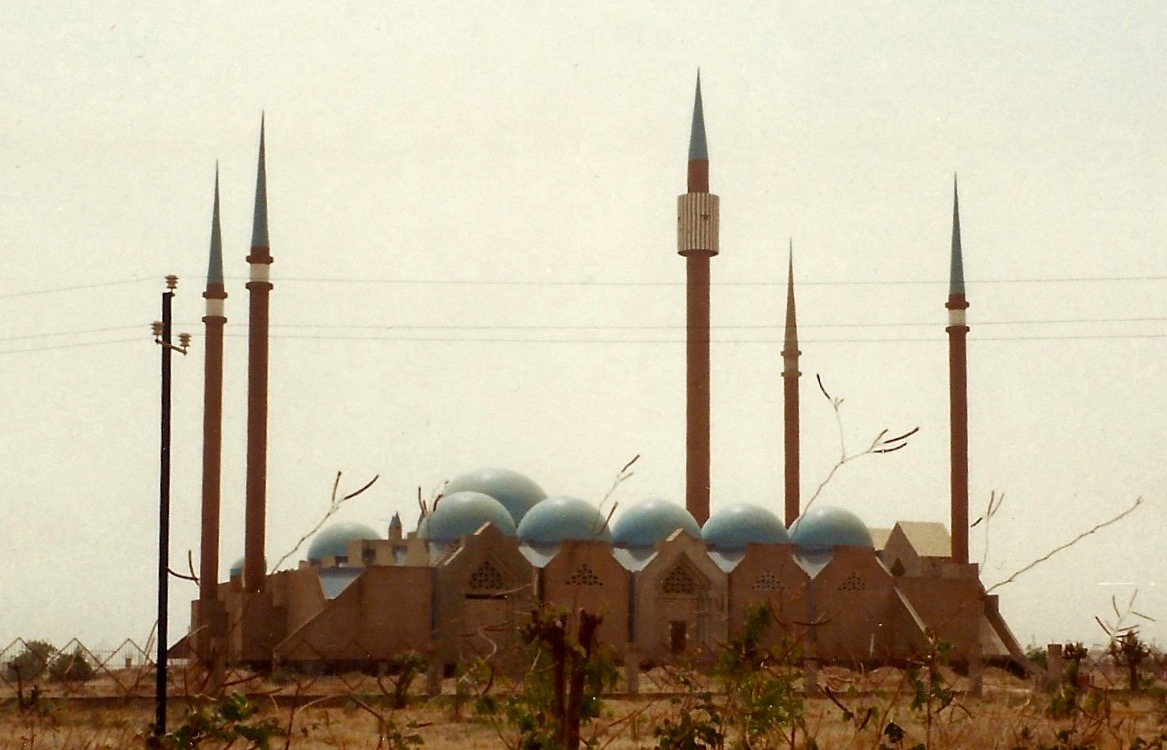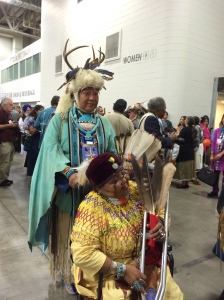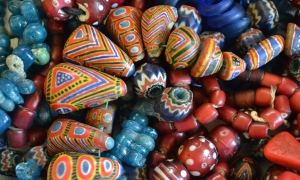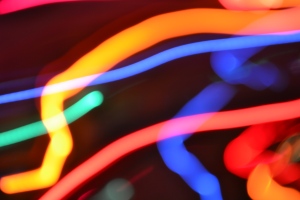
I love seeing people from #GenInterfaith, those from interfaith families, or with complex religious affinities, taking their places as leaders in both interfaith activism and interfaith scholarship. It’s happening in organizations devoted to interfaith understanding, and in academia. So this year, I decided to create a space to celebrate our coming of age, at the Parliament of the World’s Religions in Toronto.
The Parliament is, very simply, the biggest and liveliest interfaith tent of all. And I love that guarding of the tent flaps by dominant religious institutions is minimal. This was my second Parliament experience, and of all the interfaith events I have attended through the years, the Parliament is the best at decentering white Christian norms, and including a huge indigenous presence from the Americas and around the world. Where else would I get to hear a Yanomami elder from Roraima, Brazil, take white people to task for global warming, in his own language, before an audience of thousands?

I also love the Parliament because outside of the formal presentations, there are so many spaces to interact and get to know each other, from the daily langar meal provided by Sikhs, to the Red Tent space for women of all religions or none to recline on pillows together, to the stages filled with music and dance throughout the day. To my academic friends who skip the Parliament because it is not serious enough–you are missing the point! Especially for those who are struggling to elevate voices of women, indigenous people, and people of the African diaspora in academia, I highly recommend the Parliament.
So, in my second experience speaking at a Parliament, I knew what to do: hand over the mic, and listen. I used my speaking slot titled #GenInterfaith to encourage a roomful of people with complex religious bonds to talk about their own experiences and declare their own multiple religious affiliations or influences or ties. Having created a safe space for these stories, we heard from people with connections to African diaspora religions, atheism, Buddhism, traditional Chinese religions, Christianity, Hinduism, humanism, Islam, Judaism, Native American religions, Paganism, and Unitarianism. Many were speaking up about their complex religious lives for the first time in public. And they told me that this hour together was incandescent, empowering, and deeply moving.
While my first book, very frankly, drew primarily from the Jewish and Christian worlds of my childhood, my forthcoming book is designed to work for people from any and all religions (or none). The timing feels right. After five years of speaking to and about Jewish and Christian interfaith families, from coast to coast, I am ready to dwell in a larger tent. I will continue to commit my life to making space for interfaith families and people with complex religious practices. But whenever I can, wherever I can, I am determined to share my platform, and hand over the mic. So if you are inspired to tell your interfaith family story, or your story of complex religious practice, I invite you to write for this blog. Or better yet, let’s plan an event, and tell our stories together, in conversation.
Journalist Susan Katz Miller is an interfaith families speaker, consultant, and coach, and author of Being Both: Embracing Two Religions in One Interfaith Family (2015), and The Interfaith Family Journal (forthcoming in 2019). Follow her on twitter @susankatzmiller.
